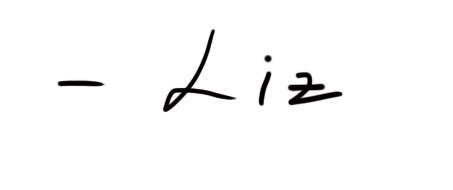The Painted I: Jan Van Eyck
August 01, 2022
Art may commemorate the sitter, but may also change him, even cancel him, despite the wishes of both parties. . . when high talent, let along genius comes in, the painter is preparing an image which will represent the sitter after death, and thus in some way replace the living person.
-Julian Barnes, The Man in the Red Coat

There aren’t a lot of details about the life of Jan Van Eyck. Born in Maaseik (now Belgium) sometime between 1390 and 1395, he settled in the city of Bruges in 1432, which enthusiastically claims him as their own. By that date, all the big public commissions behind him, the painter focused primarily on commemorative pieces for private individuals, the most famous of which are undoubtedly the marriage portrait, Giovanni Arnolfini and His Wife and The Madonna with Chancellor Rolin.
Despite the painter’s many tour de force larger paintings, it is this mysterious portrait which has occupied my thoughts over the past weeks. Completed in 1433, it is in many ways the most unusual of Van Eyck’s surviving paintings.
Unusual, first, because contrary to his normal practice, Van Eyck did not identify the sitter. However, the original frame survives with the painting and on its top edge the painter included a trompe l’oeil engraved inscription in Greek, “Als Ich Can” in Flemish, “As I Can” in English. The phrase is an anagram of Van Eyck’s name; additionally, it is also a clever pun—the “ich” a homophone for Eyck. And so historians have come to agree that this painting is a self-portrait.
The phrase “Als Ich Can” might be an advertisement for the painter’s technical ability, conveying the “because I am able” sense of the phrase. Conversely, the artist might mean “as well as I can,” thus piously reaffirming his humility before God, who people of that age believed granted the divine gift of talent. (Dürer would include a similarly nuanced inscription on his iconic 1500 self portrait.)
On the bottom of the frame Van Eyck painted an additional inscription in Latin, which translates as: “Jan Van Eyck made me, 21 October 1433.” It was quite unusual at the time to date a painting; what prompted Van Eyck to do this? A view toward posterity; are we back to the “because I can”? To mark some important date? The definitive answer eludes us six centuries on.
Second, the virtuosity with which Van Eyck has painted himself makes a viewer feel he is alive and occupying our space, not trapped on a two-dimensional plane. He peers out at us, inspects us, even as we inspect him, which we can’t help but do, rendered as he has been so precisely and luminously through Van Eyck’s masterful technique of oil glazing. The stubble on his chin! The capillaries in his right eye! This painter has been working hard. The self-portrait is an achievement in any age, but even more so in Van Eyck’s, when painters were still coming to grips with the new oil paint medium. Though it may not be true, for the things he could get the medium to do, Van Eyck certainly deserves to be credited with the invention of oil painting.
Third is that towering red chaperon! Red, of course, demands our attention, but highlighted against the dark background, the chaperon very nearly subsumes its host. Again Van Eyck demonstrates his absolute mastery in rendering light over form. In true stunning Van Eyck style, every one of its complicated folds is precisely rendered.
Ultimately the composed face calms the busy hat above it. Your eye settles on the man. You study his face. You find you want to know more about him. (And, true confessions, I want to feel the fabric of that chaperon!)
In a modern world full of technological whiz-bang and bereft of regularly worn headgear (outside of The Royal Family of course), this man, the artist in his exotic hat, is a most enticing portal to a strange distant territory, a place from which we know we know we originated, but to which we have lost all direct knowledge or connection. Except of course paintings like this are the plum line, a life line to our long and collective humanity.
Van Eyck stares out at us from the 15th century and we receive that gaze light years ahead in the 21st century, full of wonder over this Big Bang moment.
Visitations
Portrait of a Man in The National Gallery, London
St Bavo’s Cathedral—Ghent Altarpiece, undisputedly Van Eyck’s best work
Bruges, the lovely canal city Van Eyck called home from 1432 until his death in 1441.
Postscript
Jan Van Eyck biography
Figuratively Speaking—“The Painted I: Dürer’s Last Self Portrait”

Related
Comments are closed.